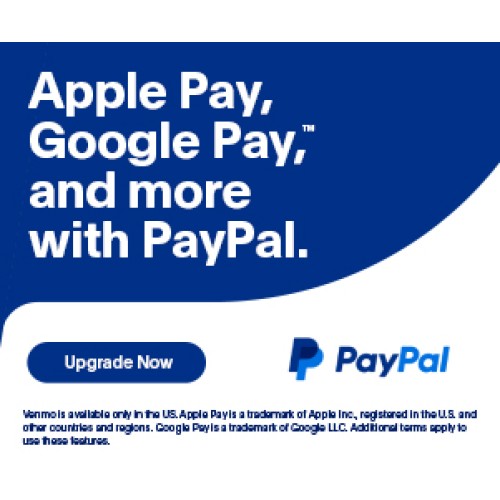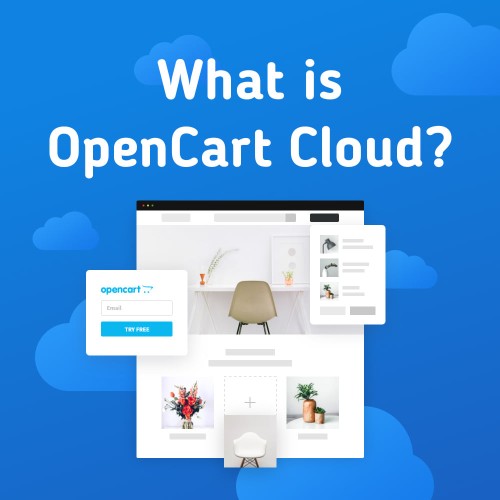B2B marketplaces are transforming the way businesses interact, trade, and sell goods.
The reason why these marketplaces can disrupt B2B selling: is the repeated evolution of the supply chain network.
In this guide, we will explore how the supply chain-driven rise of B2B marketplaces is beneficial for buyers, sellers, and the ecosystem at large.
What is a B2B Marketplace?
A Business-to-Business (B2B) marketplace is a third-party online platform (it could be a website, an online directory, or even a software). It includes all kinds of goods and services that are sold between businesses directly.
Both buyers and sellers can make business deals and direct payments on the platform. They can also view all the shipping logistics details on the same tool.
This marketplace goes by many names: B2B trading platform, B2B portal, B2B directory, and so on.
One example of a B2B marketplace would be Amazon Business:
The Amazon Business platform enables buyers to access thousands of sellers with business-only products, deals, offers, and more.
What Are the Benefits of a B2B Marketplace for Buyers?
Buyers Can Find New Partners Easily
Historically, most B2B transactions occurred offline—only because it was increasingly difficult for buyers to find the right partners.
The procurement process was complex, and finding the right sellers was full of bottlenecks (think: geographical restrictions and restricted seller choices).
But with the advent of digital marketplaces like Alibaba, Amazon Business, etc., buyers can find new partners as well as new supply markets without breaking a sweat. This expansion in the project scope of B2B marketplaces has revolutionized the way businesses connect and collaborate
Buyers Can Find Exact Product Matches
Another pain point that most buyers struggled with was finding the exact product matches.
In the older versions of the B2B marketplace, the whole process of scouting for high-quality products was riddled with frustration and friction at every point of the buyer's journey.
Today, technologically advanced B2B marketplaces are paving the way for a global platform with sellers from all across the globe. There's no dearth of choices and certainly no issues with finding the product of your choice using advanced filter criteria such as product color, dimensions, availability, shipping costs, and more.
Buyers Can Benefit from a Streamlined Process
Instead of worrying about who to do business with and how to get access to niche markets, buyers are experiencing an efficient and simplified purchasing journey.
Using the same platform and a streamlined process, buyers can:
Reduce the time spent on researching potential suppliers, negotiating terms, and initiating a deal
Identify reputable vendors and make informed decisions
Sign the deal digitally and complete the purchase within minutes!
And What Are the Benefits of a B2B Marketplace for Sellers?
Sellers, too, are cashing in on the action and gaining value with a centralized B2B marketplace:
Order Management Made Easy
Sellers today don't have to waste time on day-to-day orders or store management.
Thanks to a plethora of automated tools within these platforms, the seller's sales pipeline is taken care of by default.
Easy Integration, Easy-to-Use UX, Easy Selling
B2B marketplaces can be integrated with a host of tools (think: CRM, ERP, etc.) using APIs. These seamless integrations make selling less effort-intensive and deceivingly easy to use.
Sellers can translate their products into the local language, for instance.
They set up the entire store within hours and manage orders with a few clicks. They can even offer native payment processing. Finally, they can establish a solid online presence without doing any of the legwork.
Wider Audience, Diverse 'Glocal' Reach
B2B marketplaces allow sellers to open doors to a wider pool of potential buyers that hail from different regions, niche markets, etc., at no extra overheads or costs.
They don't need to engage in physical cross-border trading. Plus, sellers can easily extend their product's reach without the need for extensive (and expensive) marketing efforts!
5 Ways Digital Transformation is Transforming the Traditional Supply Chain
If you want to transform the entire supply chain—from manufacturers and sellers to distributors and buyers, consider the following tips as a great starting point:
1. Implement an Inventory Management System
Effective inventory management is at the heart of any modern supply chain. You need to implement a cloud-based inventory management system that can:
Keep tabs on your stock levels in real-time
Reduce excess inventory and optimize stock levels
Ensure products are readily available when needed and improve the buying experience
Doing so will not only streamline operations but also save costs.
2. Opt for Integrated Technology
Integrate your existing systems and processes (read: ERP) with the B2B user interface—from production to order processing and logistics.
This way, you'll be able to integrate all aspects of your supply chain, such as manufacturing, order processing, inventory management, and logistics.
An integrated B2B storefront will help you to:
Break down silos and achieve better visibility as well as communication across the supply chain
Simplify data sharing, particularly about what your buyers like, want, and need
Lower the chances of manual error and improve overall efficiency
3. Stay Ahead of Cyber Vulnerabilities and Risks
A digital B2B marketplace is not foolproof; it is susceptible to cyber vulnerabilities and risks such as data loss, breach, unauthorized access, etc.
B2B marketplaces must prioritize cybersecurity by:
Implementing multi-factor authentication, encryption, etc.
Conducting regular security audits
Establishing a robust incident response plan to minimize supply chain disruptions in case of a breach
Training the team in security best practices and creating a culture of vigilance
4. Leverage 360-degree Automation
Sellers must also leverage key automation features to gain a host of advantages, such as:
Streamlined inventory by predicting demand and maintaining optimal stock levels
Effortless restocking by automatically replenishing inventory to prevent shortages
Enhanced communication by using email automation tools for efficient customer engagement
Data-driven decisions by analyzing data for smarter strategies
Resource allocation includes task management software for freeing up the team for strategic tasks
5. Rethink Your Strategy in Terms of Customer Engagement
Finally, think about investing in customer relationship management (CRM) software to:
Gain insights into customer behavior, likes, dislikes, preferences, and so on
Create personalized marketing campaigns that hit the nail on the head with relevant, data-based, and contextual communication
Implement AI-powered chatbots for faster responses, prompt issue resolution, and seamless service delivery
Measure customer satisfaction with real-time surveys and feedback
Optimized Supply Chains Are Driving High-Growth B2B Marketplaces
Accelerated digital transformation, AI innovation (read: chatbots and virtual assistants), and evolving B2B buyer-seller dynamics have given birth to the B2B marketplace of today—one that is characterized by:
An optimized transaction journey
Increased choices for buyers and sellers to transact goods in one-click
Given the ease with which buyers and sellers can sell products/goods today, the B2B marketplace is predicted to reach $3 trillion by 2027.
The B2B marketplace shows no signs of a slowdown. It will continue to create valuable revenue and growth opportunities—as long as there's a business that needs to buy something and a corresponding seller who wants to sell their goods.




Login and write down your comment.
Login my OpenCart Account